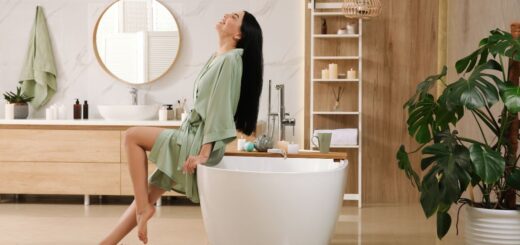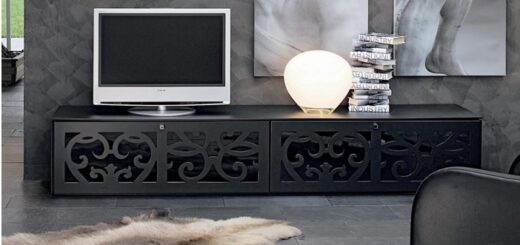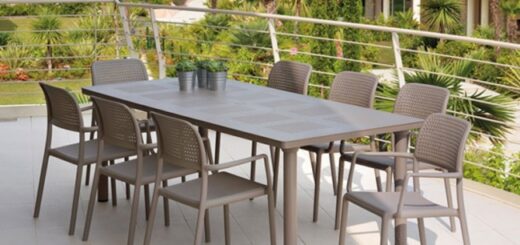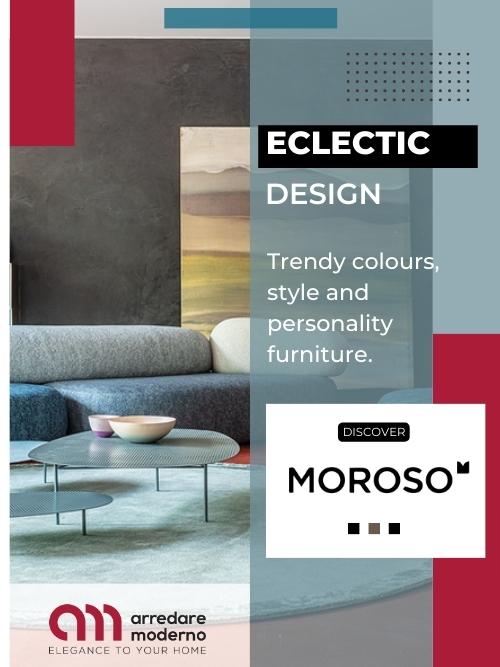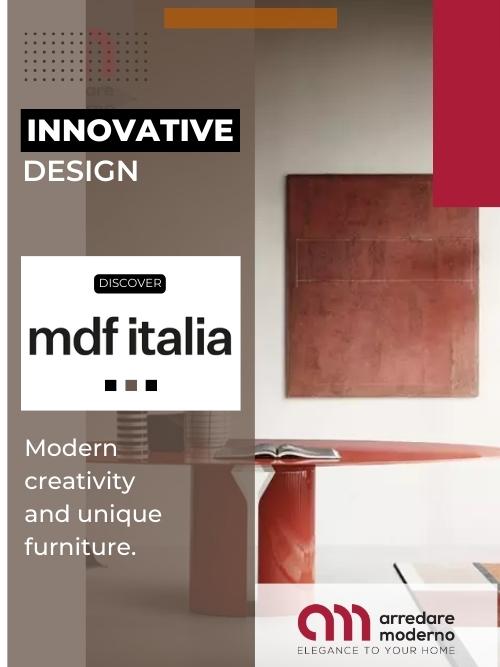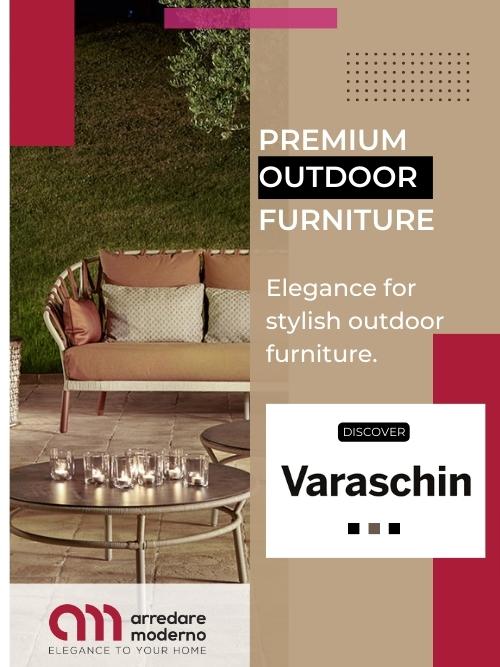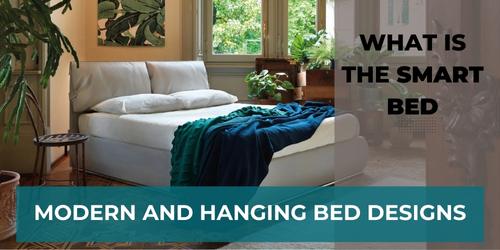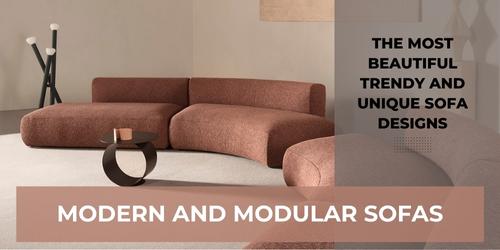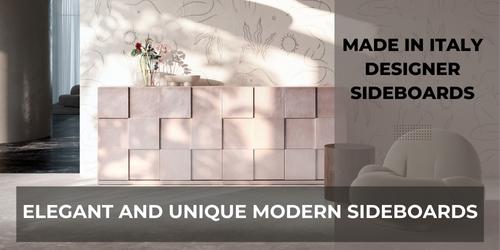Industrial Style Furniture: photos, images and tips
Industrial Style furniture is a look that harks back to technology, reflecting today’s way of life by revisiting past contexts such as disused buildings in a more modern key.
It is the perfect mix of Vintage, Old English and New Yorker styles that gives life to the Industrial Style.
Industrial Style furnishing focuses on the search for materials and finishes that are typical of the industrial and technological world. It is a trend with a vintage taste that manages to fuse together modernity, recycling and economy, and functionality, creating an overall effect that is almost ordered in its confusion. In an Industrial Style environment, in fact, there is no room for frills and decorations, no space for soft sofas or chic and luxurious chandeliers. This style is far from minimalist and hi-tech, but is very close to what can be called ‘industrial archaeology’, using elements that were originally designed for productive use with a raw, dirty and worn look.
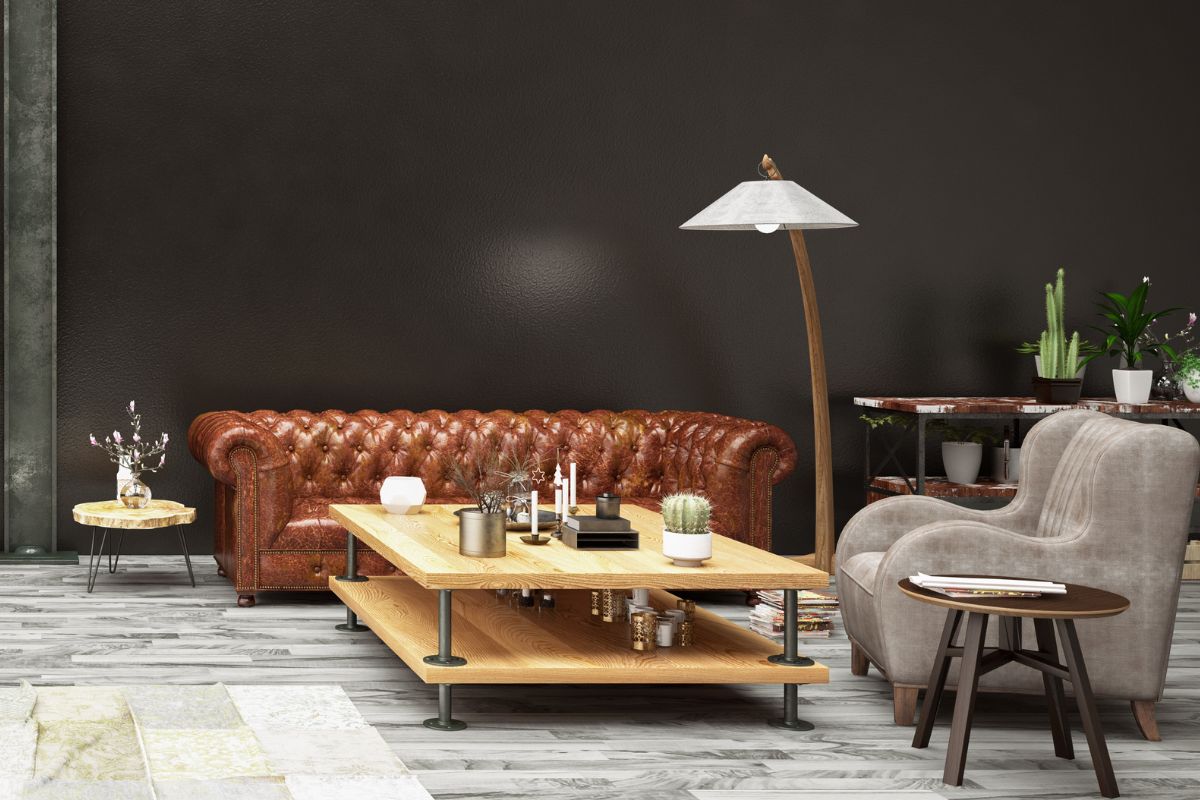
Industrial Style Furniture: photos, images and tips
Where does Industrial Style come from?
If one wants to give a precise location of the period from which the Industrial Style takes its inspiration, one could place it between the early years of the Industrial Age and the end of World War II.
Industrial furniture was born from the idea of “reuse” that took hold when the first manufacturing buildings in New York began to be converted into lofts. It was the late 1970s and old disused factories began to be viewed with interest for possible transformation into living quarters. The evocative atmosphere of those large rooms characterised by imposing architectural elements, pillars and exposed bricks, iron crossovers and cast-iron attics, concrete floors and raw walls, began to tickle the eyes of those who began to see strengths in those elements and not features to be hidden or eliminated.
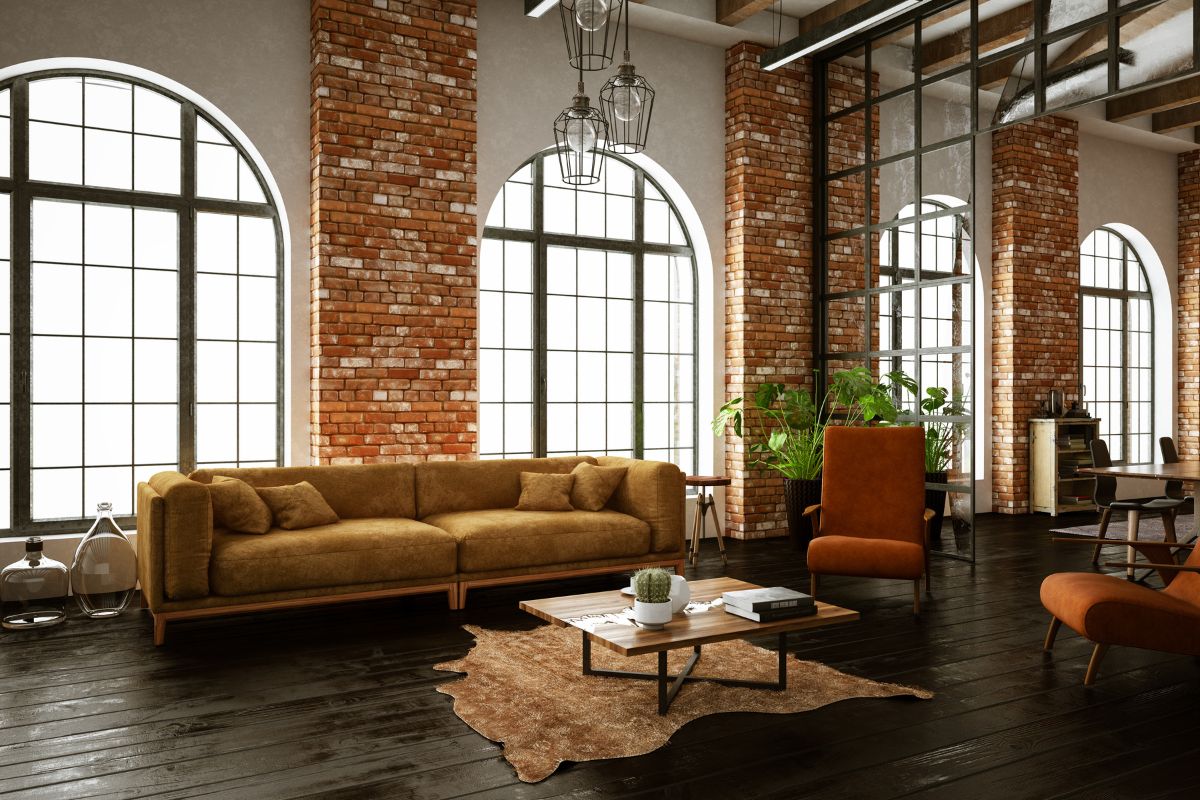
Industrial Style Furniture: photos, images and tips
Durable and industrially derived materials
Materials such as rusty iron, oxidised brass, cracked ceramics, worn and rough wood, pewter and glass, typical of old manufacturing workshops, are the protagonists of every Industrial Style setting. These are very durable, industrially derived materials.
More specifically, wood, which can be included in an Industrial Style setting by means of objects of even more modern and up-to-date design, must nevertheless be rough, knot-rich and worn. Steel, being a rather modern material, would not fit in with the Industrial Style, but if revised and antiqued to become very similar to pewter, it becomes perfect for the industrial kitchen.
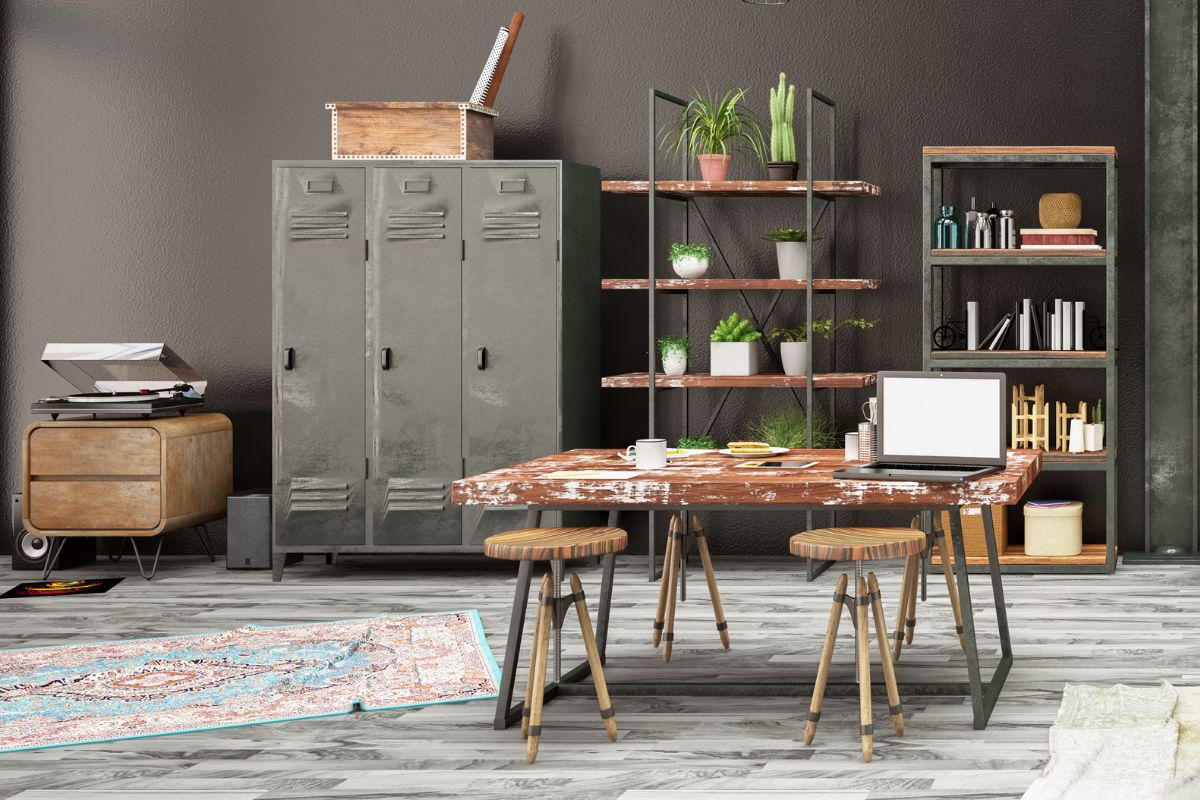
Industrial Style Furniture: photos, images and tips
Neutral colours and shadowy tones in the Industrial Style home
The colour palette of the Industrial Style generally relies on neutral but particularly shadowy colours. Examples are black, grey, coffee colour and metallic shades. These shades are complemented by all the shades of worn and worn natural woods with a vintage look. If these are the colours of furniture and furnishings, the mood is different for walls. The walls of an Industrial Style interior are always plain. Beige and grey are the colours most often used on walls, but wallpapers with geometric and abstract motifs, or those simulating concrete walls or exposed brickwork are also often used.
Although the colours of the Industrial Style are quite dark, the room still manages to enjoy a certain brightness thanks to the large openings typical of disused factories. Huge iron doors and windows and spacious rooms with sometimes almost no partition walls manage to flood the rooms with a certain amount of light, making the typical industrial colour palette pleasant and not oppressive.
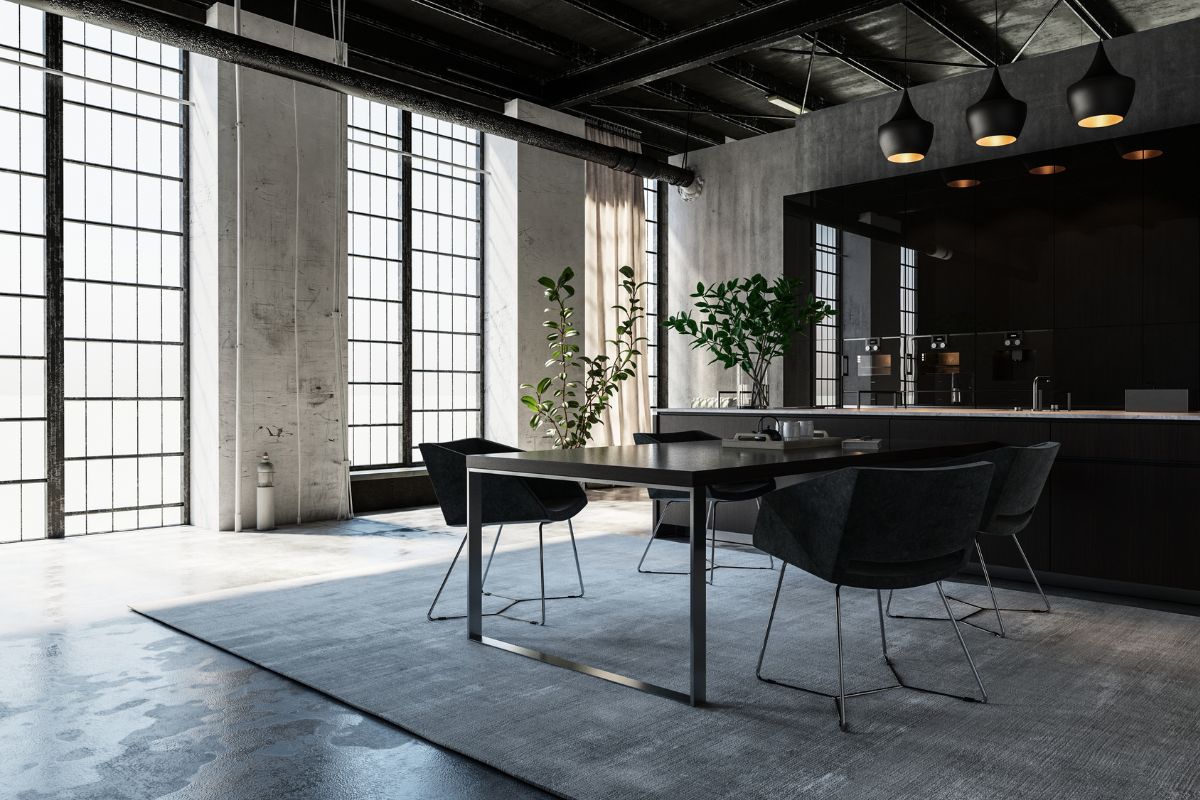
Industrial Style Furniture: photos, images and tips
What should not be missing in a perfect Industrial Style environment?
The typical elements of the Industrial Style are reminiscent of the past, are characterised by a certain robustness and simplicity, and in their overall appearance almost always seem to be placed in disorder. What should not be missing in an Industrial Style environment?
- Exposed fixtures, plumbing, metal elements that are not underlined.
- Shelving typical of factories.
- Arte Povera display cabinets in antique natural oak.
- Large lamps.
- The visible icebox in the kitchen area.
- The iron girders, latticework and pillar with visible rivets.
- Rough welds.
- Professional, cast iron-coloured block kitchen with pewter finish and solid oak counters, with a certain metropolitan feel.
- Roller, panel or Venetian blinds in dark brown, grey, anthracite or black.
- Very thin, linear and dark frames, like those typically used in industrial contexts.
- Worn station clocks or American plates fixed to the walls.
- Metal bins with clean, rigorous lines that house plants and herbs to give a touch of vitality to the environment.
- Radiators, visible ladders, electrical sockets, switches and wires are well highlighted and dark in colour.
- Vintage chairs and stools.
- Bookcases and shelving in steel, wrought iron or wood, with minimal lines.
- Leather armchairs and leather sofas in brown, dark brown, green and black, also with vintage and retro shapes such as the famous Chesterfield style. For example, the Zenit Désirée 2 or 3 seater linear leather sofa is characterised by its elegance and comfortable seating, perfect for an industrial style context. Or the Driade Costes Armchair with its modern design, perfect for an industrial chic living room.
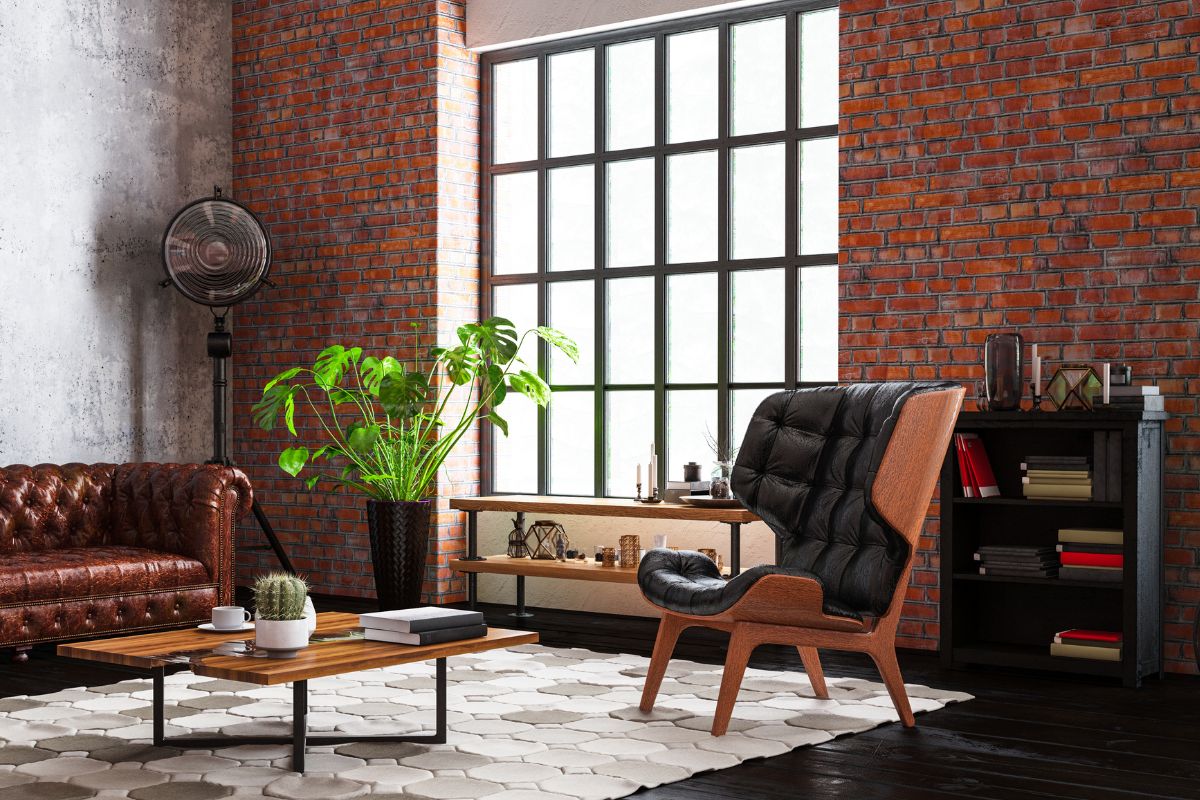
Industrial Style Furniture: photos, images and tips
Durable and rough floor coverings for industrial style
The floor coverings, with visible skirting boards, of an industrial style home are essentially characterised by a marked resistance and robustness and are also easy to maintain. In this vision, the most suitable materials are grit tiles, rustic wood, non-slip synthetic rubber, cement in its natural finish and epoxy resins in a cement finish. More rarely, modern ceramics are used, but only and exclusively in neutral shades that recall the colours of cement or raw wood essences. A trend in recent years gives way to the inclusion of cement or wood-effect porcelain stoneware tiles and cementine, square, rectangular or hexagonal grit tiles typical of the rooms of the 1920s or 1930s.
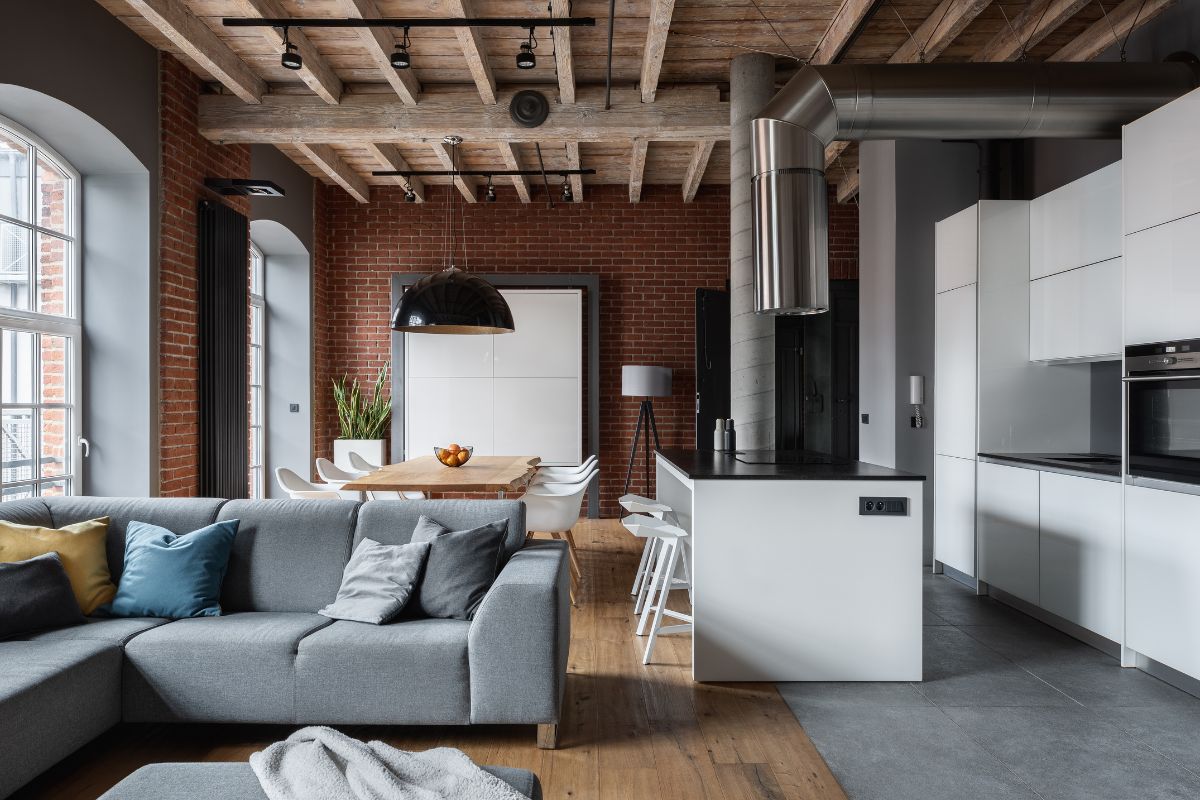
Industrial Style Furniture: photos, images and tips
Designer lighting
Lighting in an Industrial Style environment is essential. The most suitable lamps are cast iron ones, practical and functional. The industrial style requires a strong, bright and versatile light, which does not create shadows that would go too much to darken an environment that already tends to be dark due to the colours used for furnishings and textures. Space is therefore given to very conspicuous metal lamps, which are aesthetically appealing due to their large size and special design.
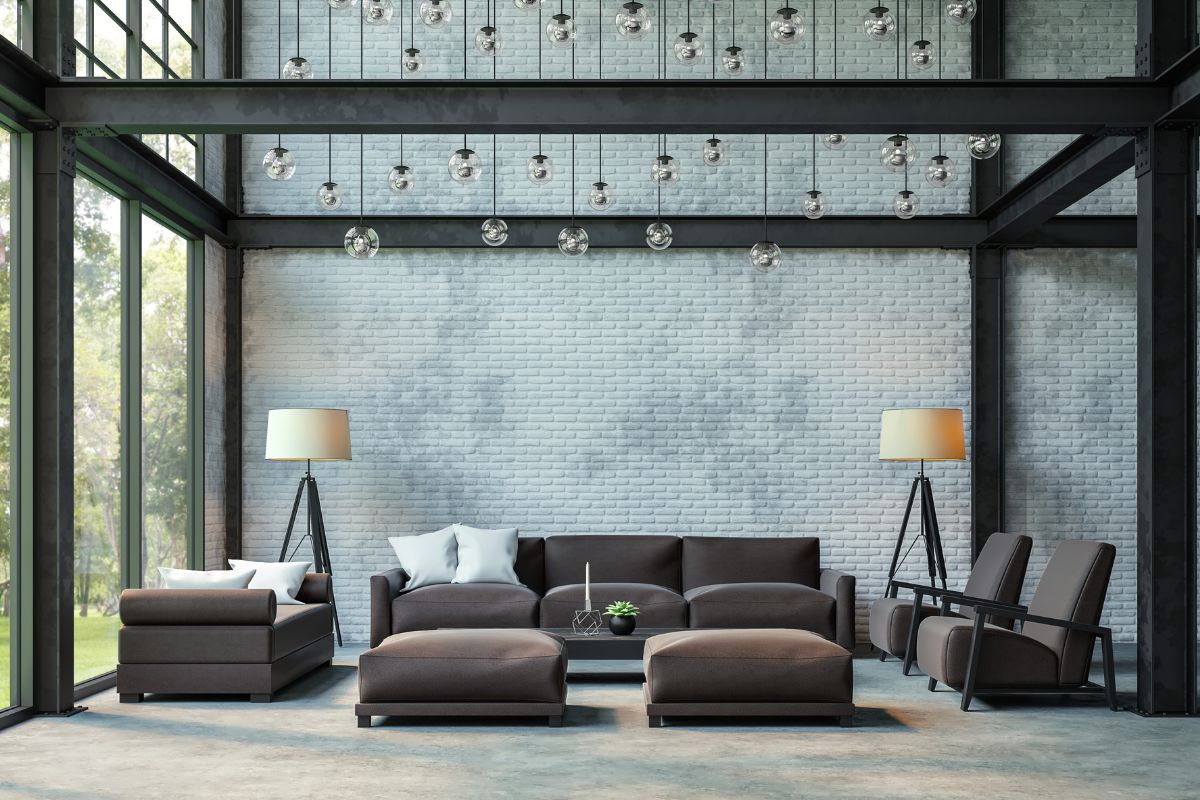
Industrial Style Furniture: photos, images and tips



